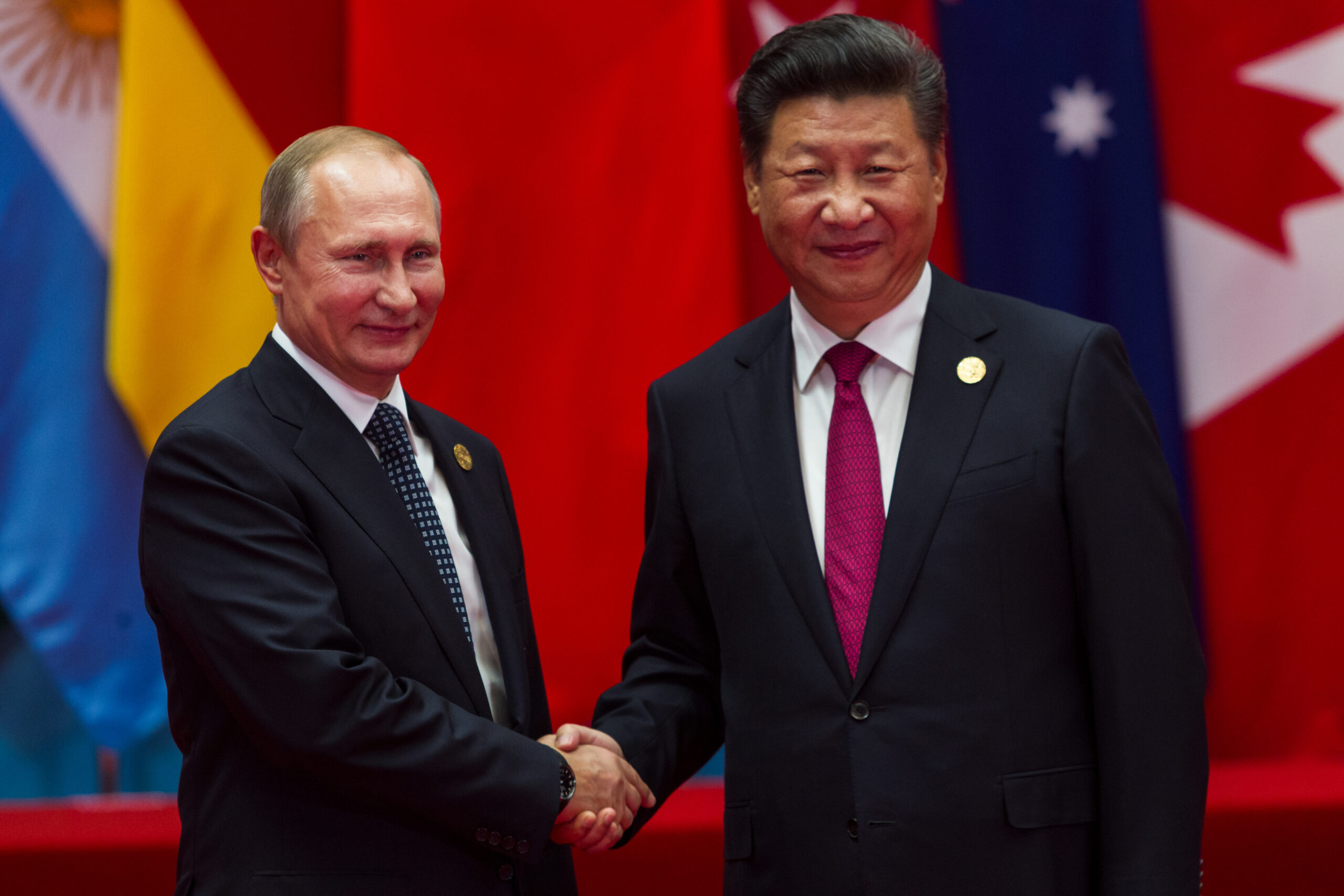Knowing When To Stop
Among foreign policy mandarins in present-day Washington, “spheres of influence” have become anathema. Prior generations of U.S. policymakers thought otherwise. Indeed, no great power in recent history has pursued the concept more assertively, albeit with mixed results. To pretend that spheres of influence are alien to the American tradition of statecraft is to engage in self-deception.
As interpreted today, however, the very phrase smacks of appeasement. It carries the suggestion of selling out the cause of freedom and democracy, a sin for which senior U.S. officials are keen to absolve the nation. A decade ago, Secretary of State Hillary Clinton declared categorically that “The United States does not recognize spheres of influence.” More recently, Secretary of State Antony Blinken affirmed that statement. “We don’t accept the principle of spheres of influence,” he said. Some scholars go even further, Hal Brands of the Johns Hopkins University arguing that “spheres of influence clash with fundamental tenets of U.S. foreign policy.” Opposing them, Professor Brands asserts, forms an inherent “part of U.S. diplomatic DNA.”
In fact, the United States has historically shown considerable skill in creating and policing spheres of influence. It has done so not out of devotion to abstract principle, but for entirely pragmatic reasons: as a means to construct and uphold situations favorable to the United States. On that score, the Monroe Doctrine (1823) and its Roosevelt Corollary (1904), rate as Exhibits A and B.
Well, that was long ago, some might reply. Devoted more than ever to promoting freedom and democracy, Washington just doesn’t do things that way anymore. By extension, neither should Moscow, Beijing, or anyone else be permitted to do so.
Read the full article in The American Conservative.
